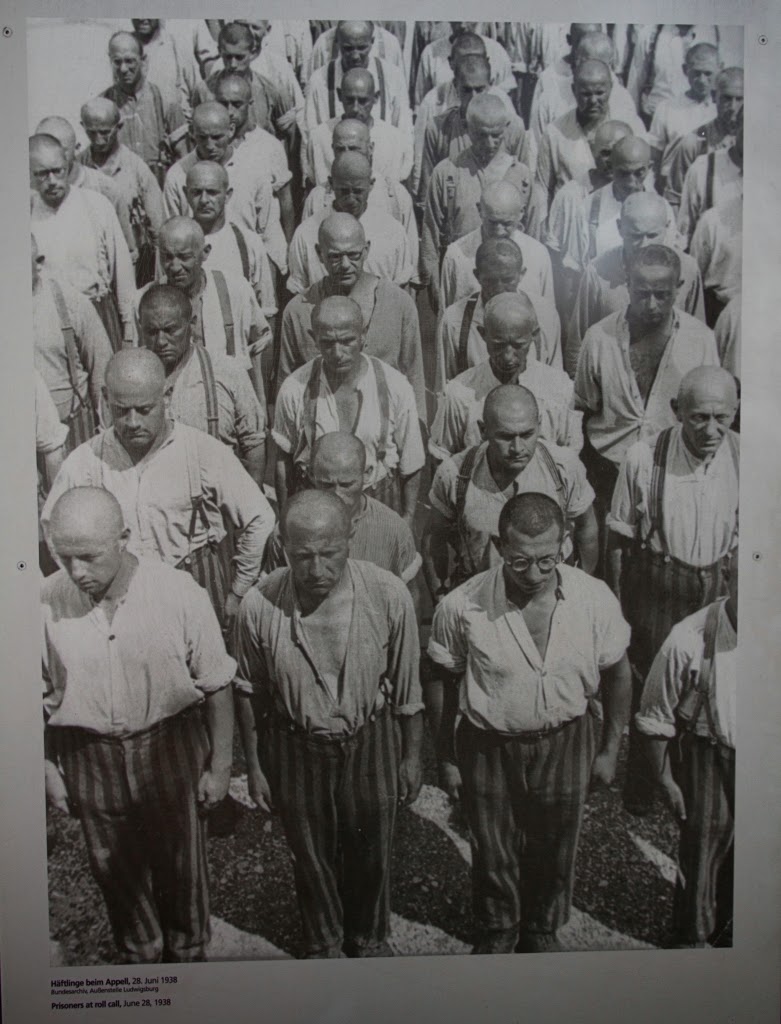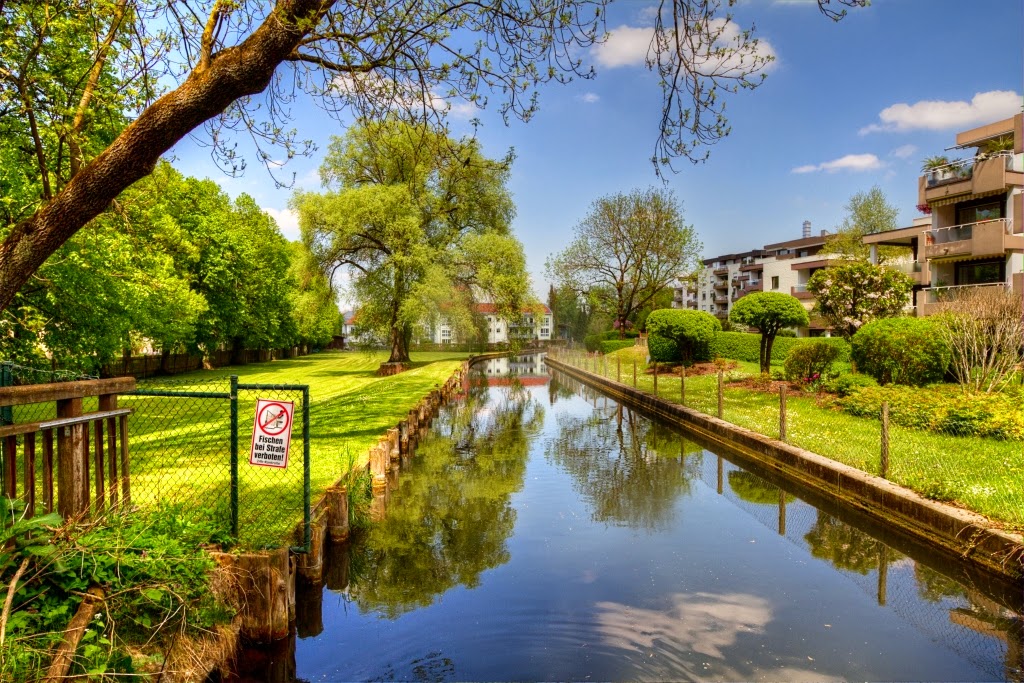I arrived quite late in Thessaloniki, but Vivie was there to meet me despite the late hour. We then waited for Anne's flight from Amsterdam to come in, which happened to be delayed. Vivie had this neat app on her phone where we could track where Anne's plane actually was so we knew when to go downstairs to get her. We sat in the cafe talking until then. I was feeling quite miserable with a cold, and poor Vivie was tired!
We then caught a bus back to Vivie's apartment in Thessaloniki, and didn't waste too much time going to bed as we knew we had a long day the next day.
In the morning Vivie took us to a local restaurant for this amazing food for breakfast where we had mpougatsa, a pastry made from cheese. Both Anne and I thought it was divine. We then all caught the bus back to the airport, and the rental car company picked us up. We did the necessary things like fill out forms and pay some money, then we were off on our road trip. The plan was, Thessaloniki, Komotini, Plovdiv, Rila Monastery, Sofia, Macedonia, then back to Thessaloniki. Four days of driving. I had my GPS loaded with a European map to help us out.
The Drive to Komotini was mainly on highway, and nothing really stood out. We got to Komotini about midday or just after and met Vivie's parents, Stelios and Victoria Moraiti. They asked us whether we would like a seafood lunch or something else. We all picked seafood, and were taken to this amazing restaurant called Petrino in the main centre of Komotini. Petrino means 'made of stone'. The Greek word for stone is Petra.
As we walked to the restaurant, I noticed the fish shop with a wide variety of fish available....
Komotini is a very pretty town and is a city in Thrace, in Northeastern Greece. It has a large muslim community which makes up about 45% of the population.
I had to get some cash from the ATM, so got a little 'fast' walk through the town. Colourful stalls, cobblestone walkways and the Minaret, make it a very pretty place, and one I'd like to explore again further. I wished we had had more time.
Petrino's food was excellent. Beautifully cooked with a wide variety. I had the BBQ'd squid which was very tender and very tasty.
On the table were salads, Sardeles (sardines), and Tzatziki. Tzatziki is my favourite dish of all in Greece. I had it for the first time in Santorini and have craved it ever since. Vivie knew this and it magically appeared on our table. (swoon!). I was told that the sardines you ate bones and all, everything, and the other fish dish that was ordered, you didn't.
This is Barbounia, the fish dish that you weren't supposed to eat the bones. I got so confused, I ate them anyway! It was still very tasty, and I enjoyed them immensely.
We also had the Greek Aperitif Tsipouro. Whew - that was strong, as well as some red wine (separately, not mixed!) The staff at the restaurant were fabulous. The service was excellent and they didn't bat an eyelid when we were feeding some of our 'leftovers' to the stray cats. Vivie's Dad started the stray cat feeding. As soon as he did that, I knew he was a great person. Anyone that is a softie is a good sort in my book!
Here they are waiting for some scraps.... And begging...
Being friendly...
And waiting for more...
One obviously has just given birth to more stray kittens...
Vivie, Anne, Stelios and Victoria at Petrino Restaurant. I got to work the camera!
After the fabulous meal and great company, we were given a quick tiki tour of Komotini, then back home for a coffee Greek style. I had water - I find Greek coffee a bit too strong.
We said our goodbyes and Anne, Vivie and I hit the road for Bulgaria. I was very sad to leave. Vivie's dad gave us presents of Stragalia and Soutzouk Loukoum. Stragalia are toasted chickpeas, which come in normal, spicy or coloured. We had a pack of normal and coloured. I loved them. Really beautiful. The Soutzouk Loukoum is is a large, oblong delight containing sugar, glucose, nezeste, water and nuts (tied in string). The nuts can be substituted for the lack of sugar as a sweetener. The soutzouk loukoum originally appeared in the harems of the sultans, and served in cafes with coffee and traditional treat the Orthodox monasteries. It has an aroma of rose, clove and cinnamon. Both these treats are a specialitiy of Komotini. I absolutely loved both of them and while writing this, crave them both. I'm even wondering if I could toast my own chickpeas. Must look into this!
The drive to Plovdiv, Bulgaria was beautiful. Mountains, rivers, forests, farms. The scenery was stunning.
Flat farmland with a small lone tree. This was the last photo I could take before it got dark.
We arrived in Plovdiv quite late - about 11pm. Found our hostel, and once again was on the top floor. By this time my 'cold' had gone down to my chest and I felt most unwell, so took myself straight to bed. A great day- the highlight meeting Vivie's parents. A heartfelt thanks for your hospitality.

















































